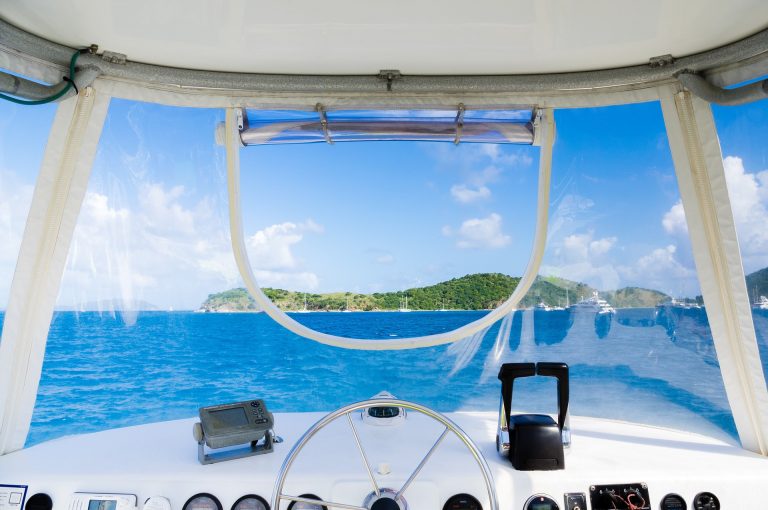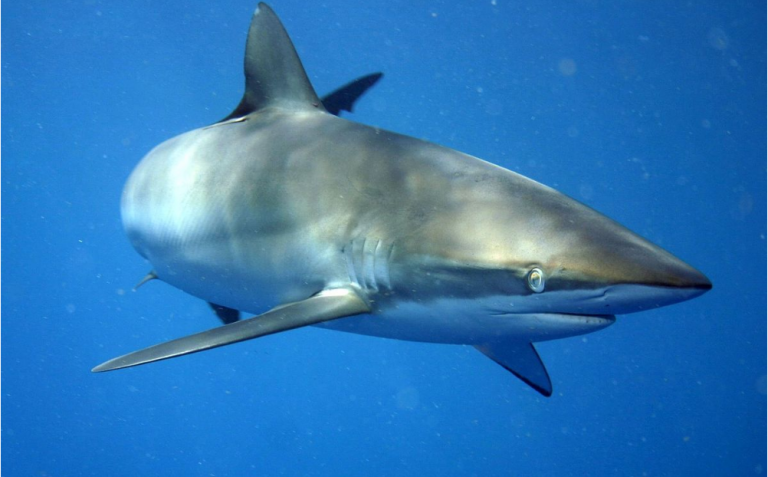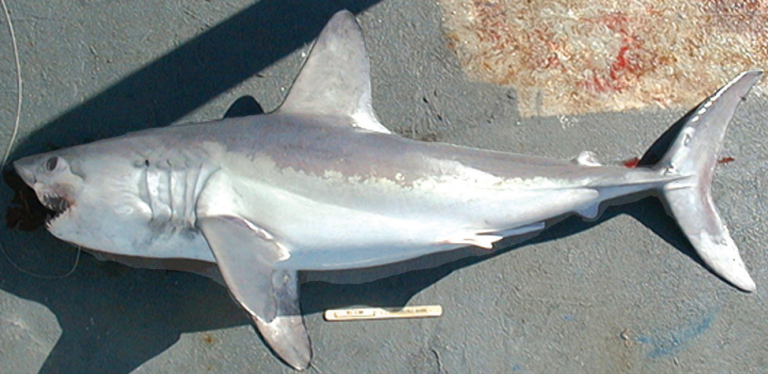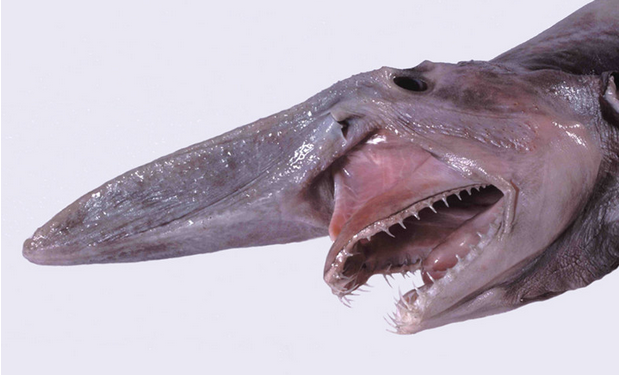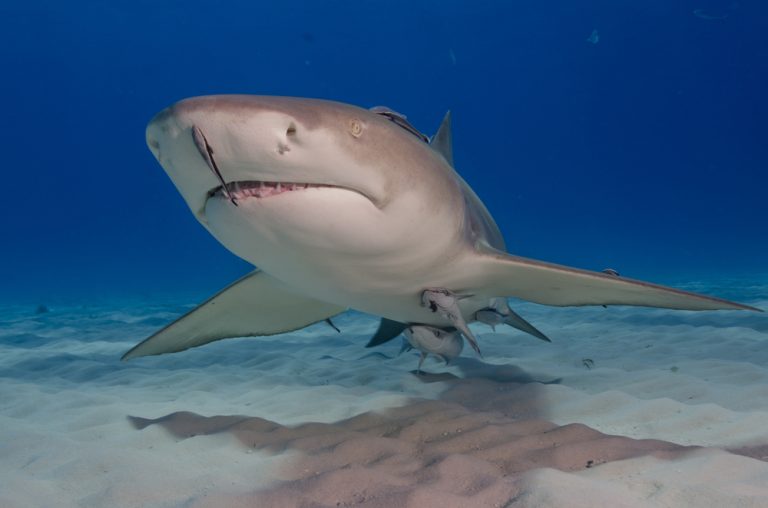Species Profile: The Spinner Shark
As its name suggests, the Spinner Shark is known for the spectacular spinning leaps it makes.
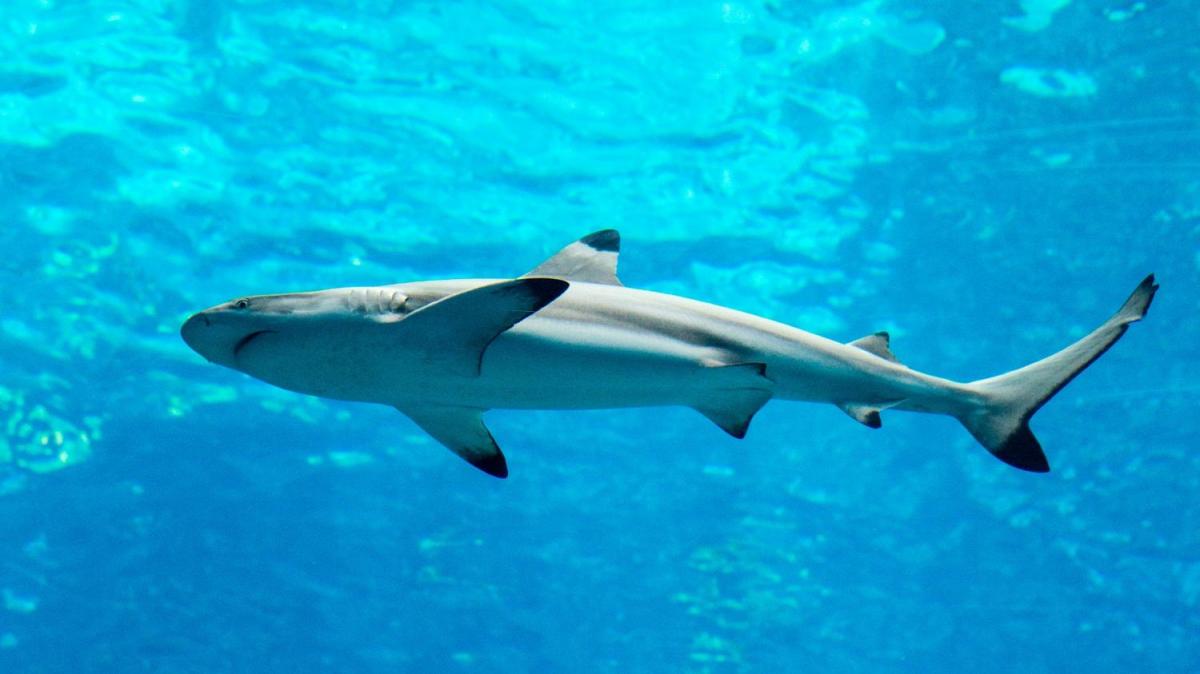
The Spinner Shark is a species of requiem shark so named for the spectacular spinning leaps it makes when pursuing prey. They occur in most tropical and warm temperate waters globally but not in the eastern Pacific Ocean.
Interestingly, the adult spinner shark bears a close resemblance to the blacktip shark (Carcharinus Limbatus) because of its black-tipped fins. Also, its slender body, and very streamlined body means both species are often mistaken for the other.
However, spinner sharks have a long and more pointy snout, and their first dorsal fin has a very different shape from the blacktip shark’s.
Their bodies are colored bronze/gray above and white below.
These sharks are very swift predators and tend to move in groups when feeding. And although they are usually not a threat to humans, they are prone to feeding frenzies. As such it’s advisable to avoid them when there is a large presence of prey.
You’ll typically find them segregated into groups according to age and sex.
Spinner sharks are highly valued by commercial fisheries for their meat, fins, liver oil, and skin. In addition, sportsmen hunt them because these sharks are known for speed and are strong fighters when captured.
The IUCN lists this species as Near Threatened worldwide and as Vulnerable off the southeastern United States.
Scroll down for a video that shows spinner sharks spinning out of water to catch prey.
1) Scientific Name
Carcharinus Brevipinna
2) Scientific Classification:
- Kingdom: Animalia
- Phylum: Chordata
- Class: Chondrichthyes
- Order: Carcharhiniformes
- Family: Carcharhinidae
- Genus: Carcharhinus
- Species: Carcharinus Brevipinna
3) Life Expectancy
Averagely 15 to 20 years.
4) Average/Maximum Length
Adults range from between 2 meters (6.6 feet) averagely and 3 meters (9.8 feet) at the most.
5) Average/Maximum Weight
56 kg (123 lbs) and 90 kg (200 lbs) at the most. The Indo-Pacific individuals tend to be larger in size than their northwest Atlantic kind.
6) Maximum Swimming Speed
Spinner sharks are very swift and agile swimmers.
7) Interaction With/Danger To Humans
Generally, spinner sharks won’t go after large prey and mammals in water. That’s because they have small, narrow teeth better adapted for grasping than cutting. So, they’ll hardly attack humans.
However, they are known to be very excitable around food. Spearfishers in particular should note this and be cautious.
As of 2008, the International Shark Attack File records 16 unprovoked attacks and 1 provoked attack involving the spinner shark though none was fatal.
On the other hand, humans hunt and kill this shark regularly. Its meat is considered of high quality. Hence it is sold fresh, dried, and salted. Also, it’s another unfortunate candidate for the infamous shark fin soup in parts of East Asia.
Its liver oil is processed for vitamins, its skin is made into leather products, and it’s a common target for sports/recreational fishermen.
The spinner shark is highly sought-after by recreational fishers and in fishing tournaments because it’s described as a “spectacular fighter.”
8) Reproduction Details
Along with other requiem sharks, the spinner shark is viviparous. Embryos are initially fed by a yolk sac which later develops into a placental connection for the remainder of the gestation period.
Females have from 3 to 20 pups in a litter every other year after a gestation period that lasts for 11 to 15 months. Their nurseries are in coastal areas such as bays, beaches, and other high-salinity estuaries in water that’s deeper than 5 meters (16 feet).
Newborn of this species are relatively fast-growing compared to other sharks.
This species generally does not reproduce until about 12 to 14 years old.
Smaller spinner sharks may be preyed upon by larger sharks.
The below video was uploaded on Youtube by FrontYardVideo. It shows Spinner Sharks in action at the TECO Manatee Viewing Center in Apollo Beach Florida. You’ll also notice the Remora (suckerfish) clinging to and flying off the shark bodies as the sharks spin through the air.
9) Diet/Hunting Pattern of the Spinner Shark
Spinner sharks feed mainly on a variety of small bony fish, like tenpounders, sardines, herring, lizard fish, anchovies, sea catfish, tunas, bonito, croakers, and tongue-soles. They’ll also eat stingrays, cuttlefish, squid, and the occasional octopus.
True to their reputation, spinner sharks are commonly seen pursuing schools of prey at top speed. Groups of spinner sharks will charge vertically through balls of fish, spinning on their axis with their mouths open to snap prey around it. They swallow prey whole as their teeth are not adapted for cutting.
This shark hunts so fast that its momentum when spinning will carry it right out of the water and into the air.
The Spinner Shark is quickly excited around food and prone to feeding frenzies.
10) Alternative Names
- Inkytail Shark
- Long-nose Grey Shark
- Longnose Grey Whaler
- Smoothfang Shark
11) Population And Conservation Status
Due to all the pressure on this species from hunting and sports catch, the IUCN has assessed the spinner shark as Near Threatened worldwide and Vulnerable in the northwest Atlantic.
In addition, it tends to swim near coastal habitats making it vulnerable to human exploitation and habitat degradation.
12) Ancestry and History
Researchers Johannes Peter Müller and Friedrich Gustav Jakob Henle first described this shark in detail in 1839.
Thereafter, it was further examined and placed in the genus Carcharhinus. Some experts believe that its closest relatives are the blacktip shark and the graceful shark (Carcharinus Amblyrhynchoides). However, others place it closer to the copper shark (Carcharinus Brachyurus).
13) Distribution and Habitat
Strangely enough, the frequent mix-up between this species and the blacktip shark affects reliable data on its distribution.
Even so, it definitely occurs in the western Atlantic Ocean waters such as North Carolina, the Gulf of Mexico, the Bahamas and Cuba, southern Brazil to Argentina.
In the eastern Atlantic, it swims from North Africa to Namibia. In the Indian Ocean, it occurs around South Africa, Madagascar, to parts of the Red Sea and the Gulf of Aden. Also in the waters of India to Java and Sumatra.
In the Pacific Ocean, its habitat is off Japan, Vietnam, Australia, and parts of the Philippines.
They prefer shallow waters less than 30 meters (98 feet) deep but they sometimes go as deep as 100 meters (330 feet).

